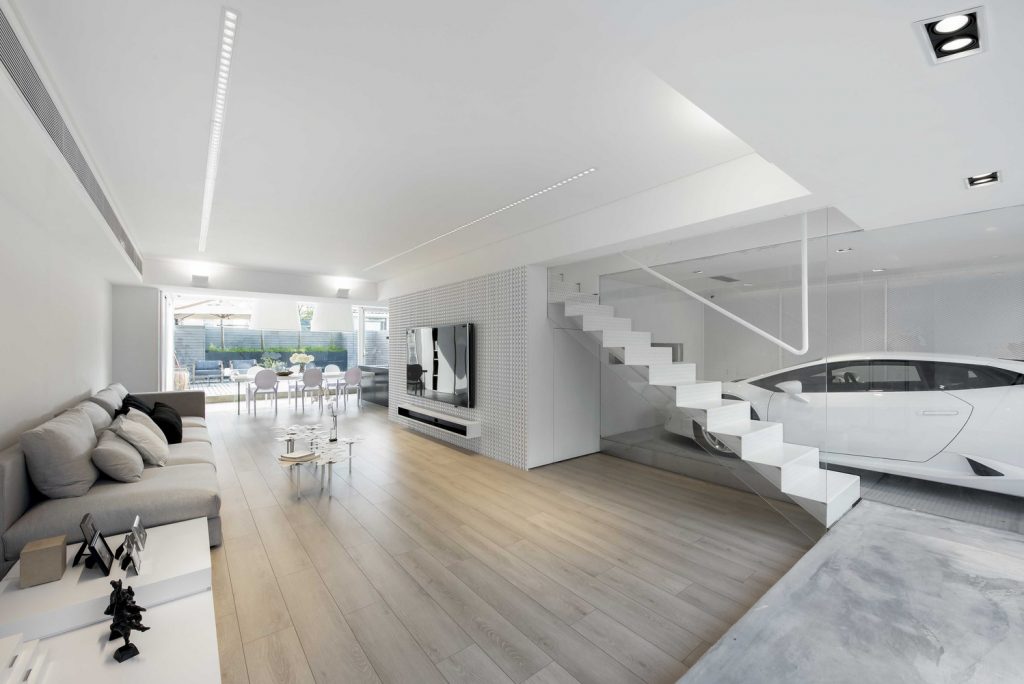Is a Laminate Floor Right for My Kitchen?
For many homeowners, it’s a tough decision whether or not to use laminate as flooring for the kitchen. There are both detractors and advocates of laminate flooring as moisture is the main deciding factor here. While some say that laminate flooring is just no-no for kitchens; others maintain that with the right kind of moisture control methods, laminate is one of the better options for covering your kitchen floor.
So before you go ahead and decide on your kitchen flooring options, do check out with a local interior design expert about the pros and cons of laminate flooring for your kitchen.

What is Laminate Flooring
Laminate flooring is basically a compressed board and not actual wood. It comprises three layers that are sandwiched together to create the laminate board. The layers are the core substrate; above which is the image layer and on top is the wear layer. The wear layer is made of clear melamine and its chief function is to protect the underlying image layer from regular wear and abuse.
The durability of laminate flooring is based on AC rating system. Laminate sheets for residential purpose usually have an AC rating of 3 which is good enough for regular use over some years.
If you want more durability, interior decoration in Sydney will advise you to go for laminates with rating of AC 4 that are usually used for commercial purpose but are now much preferred by many homeowners as these last longer.
Maintaining your Kitchen Laminate Flooring
The prime concern about using laminated sheets for kitchen flooring is the effect of moisture. It is common for your kitchen floor to get wet and no matter how quickly or how well you mop it up, some amount of water will seep in through the seams.
However, other options such as porcelain or ceramic tiles are not totally water resistant either. If you let water accumulate on your ceramic tiles, even these will absorb the moisture and show discoloration and damage over the years. Sealing with grout is not really very effective as grout is extremely porous and the perfect corridor for water to seep into your tiles.
Similarly, engineered wood or solid hardwood too has their limitations as far as water resistance is considered.
So considering the above options, laminate flooring for your kitchen is just as good as any other if you can ensure regular and proper maintenance.
Ensure Proper Sealing of Laminate Surface
A laminate sheet’s weakest area is the edges through which water seeps in. As mentioned earlier, laminates are compressed layers where the top is protected by the wear layer and the bottom too has a coating for protection. However, the edges remain uncovered and are thus susceptible to absorbing moisture.
So if you love laminates for your kitchen flooring, its wise to hire the best Sydney interior decorator companies to install the sheets and seal them properly. When done by professionals, the top of the laminate flooring is installed in such a way that it becomes practically seamless with no pores for water to soak through. The sides are covered tightly with quarter-rounds or baseboards thereby making your kitchen laminate flooring practically water-proof.
